Posted by Benjamin Jerew Maintenance
Do you know what your tires are telling you about your car, road conditions or even your driving habits? If you know how to read tire tread depth and condition, a wealth of information is right at your fingertips.
How to Read Tire Tread DepthTire tread depth refers to the grooves between the main blocks on the contact surface of a tire. Most tires start with upwards of 10/32″ of tread depth, with some off-road tires topping 15/32″ depth. As you rack up the miles, the soft rubber compound, the very thing that gives you traction, wears away. Most states require a minimum tread depth of 2/32″ and some states require just 1/32″, but how do you measure it? Also, is 2/32″ really enough for a safe drive?
Do you know how to read tire tread depth with a tire tread depth gauge? Here is a five-step process to do it the right way:
If you’re in a pinch, you can also get a rough estimate of tire tread depth by using a penny and a quarter. But this is no substitute for a calibrated tire tread depth gauge.
If you know how to read tire tread depth, this will help you determine when tire replacement is necessary, the condition of your suspension and steering system and if you need to change your habits.
Keeping on top of your tire tread is actually much more than knowing when to replace them, it can also help you prevent other problems. Adding tire inspection to your monthly maintenance checklist might just keep you safer and your wallet heavier over the long haul.
Check out all the tools & equipment 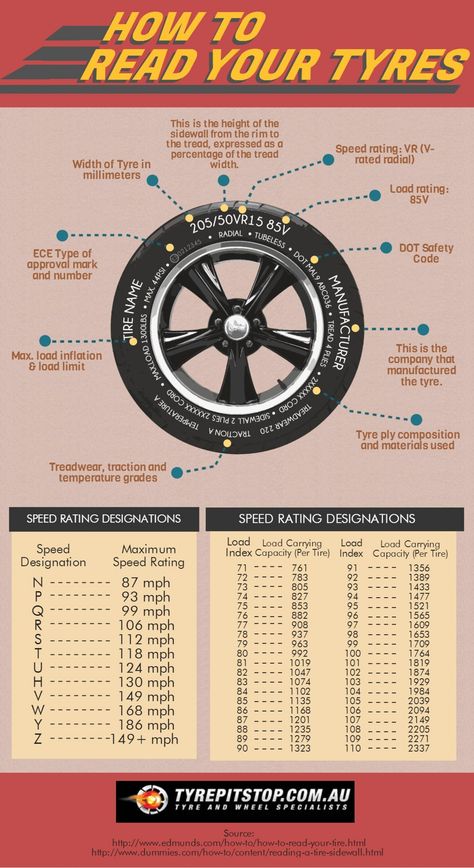 For more information on tire tread depth and condition, chat with a knowledgeable expert at your local NAPA AUTO PARTS store.
For more information on tire tread depth and condition, chat with a knowledgeable expert at your local NAPA AUTO PARTS store.
Photo courtesy of Foter
Categories
Maintenance
Tags
bald tire, hydroplaning, suspension alignment, tire care, tire pressure, tire tread depth, tire tread depth gauge, tires
Ben has been taking things apart since he was 5, and putting them back together again since he was 8. After dabbling in DIY repairs at home and on the farm, he found his calling in the CGCC Automobile Repair program. After he held his ASE CMAT for 10 years, Ben decided he needed a change. Now, he writes on automotive topics across the web and around the world, including new automotive technology, transportation legislation, emissions, fuel economy and auto repair.
When it comes to checking tire tread, there are a number of methods that can help you know if it’s time to replace a tire. Heavily worn tread will prevent a tire from performing as designed and can lead to unsafe driving conditions.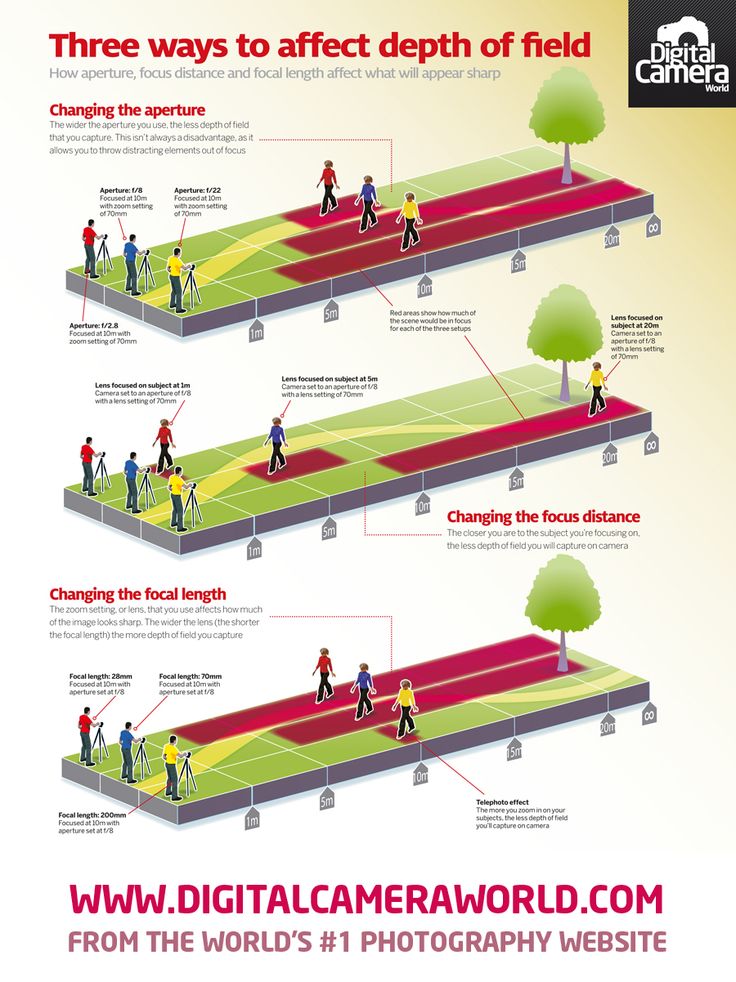 One of the simplest, most common ways to check tread depth requires nothing more than a penny and a few moments of your time.
One of the simplest, most common ways to check tread depth requires nothing more than a penny and a few moments of your time.
In the United States, tire tread depth is measured in 32nds of an inch. New tires typically come with 10/32” or 11/32” tread depths, and some truck, SUV and winter tires may have deeper tread depths than other models. The U.S. Department of Transportation recommends replacing tires when they reach 2/32”, and many states legally require tires to be replaced at this depth.
The idea of the penny test is to check whether you’ve hit the 2/32” threshold. Here’s how it works:
Place a penny between the tread ribs on your tire. A “rib” refers to the raised portion of tread that spans the circumference of your tire. Tire tread is composed of several ribs.
Turn the penny so that Lincoln’s head points down into the tread.
See if the top of his head disappears between the ribs. If it does, your tread is still above 2/32” , If you can see his entire head, it may be time to replace the tire because your tread is no longer deep enough.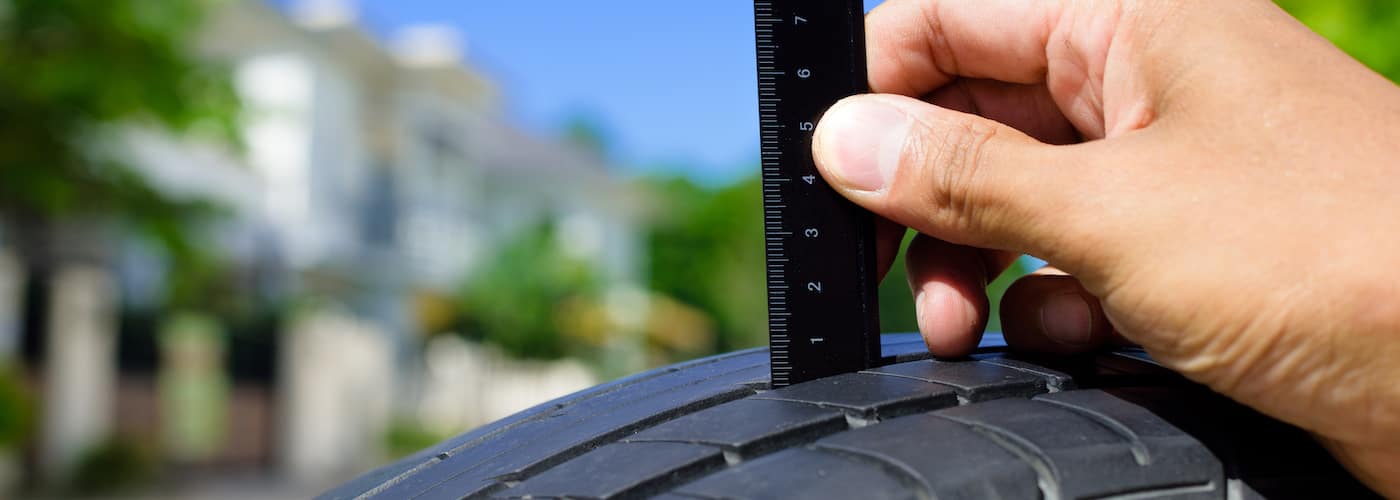
When performing the penny tire test, remember not only to check each tire, but to check various places around each tire. Pay special attention to areas that look the most worn. Even if parts of your tread are deeper than 2/32”, you should still replace the tire when any areas fail the penny test.
Consistent wear around the whole tire is normal, but uneven tread wear could be a sign of improper inflation, wheel misalignment, or a variety of other things. If you see uneven tread wear, you should have a technician inspect your vehicle.
A simple way to check your tire tread depth is by using a tread depth gauge. You can find tire tread depth gauges at your local auto parts store. There are many models available, but an inexpensive simple graduated probe gauge will work just fine. All you have to do is stick the probe into a groove in the tread and press the shoulders of the probe flat against the tread block and read the result. All gauges should measure in both 32nds of an inch and millimeters.
All gauges should measure in both 32nds of an inch and millimeters.
Another indicator of worn out tread already lives in your tires themselves. Every performance, light truck, or medium commercial tire comes equipped with indicator bars (or wear bars) embedded between the tread ribs at 2/32”. They’re there to help you monitor tread depth and make decisions about tire replacement. Just look to see if the tread is flush with the indicator bars. If they are, it’s time to replace the tire.
While the penny tire test does deliver on what it promises – indicating whether tread has reached the legal limit – it may not be the best indicator of whether your tires are safe for the road. Tire performance can diminish significantly before your tread hits 2/32”. Even though the law deems fit for safe driving may not prevent you from hydroplaning or losing control in rainy, slushy conditions. If you think your tires may be close to needing replacement, have them checked out by a licensed mechanic.
Tire tread can affect the safety and performance of your vehicle while driving. While you may not think about your tire tread every time you drive, it's important to check to make sure your tires are in good working order from time to time. Ready to talk about tire tread depth? Let's dive in.
Tire tread depth is the vertical measurement between the top of the tread and the lowest groove. In the US, tire tread depth is measured in 32 inches. When tires are new, they have a tread depth of 10/32 to 11/32.
In the United States, tires are required by law to have easily recognizable tread wear indicators. As the tire tread wears out, it will eventually line up with the tread wear indicator. At this point, the tire should be replaced. There is too little tread left to provide traction. If the safety wasn't convincing enough, be aware that driving a car with bald tires is also illegal.
Minimum tolerance is 2/32 inch. This does not mean that tires are completely safe if they have 3/32 of the tread left. This is simply the limit at which you will not pass the state safety inspection. As the tread wears out, your tires become less and less safe.
When it comes to safety, your tires are literally where the rubber meets the road. Sufficient tread depth is essential for safe cornering and braking.
Low tire tread depth can spell disaster for your driving, including:
If you live in an area where it rains or snows frequently, consider changing your tires when they reach 4/32 inches. With worn tires, there is a risk of hydroplaning on wet roads.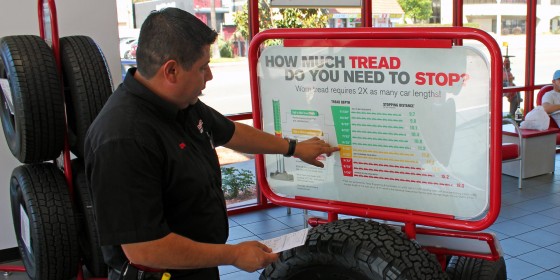 This is when the tire is unable to direct water through the grooves. The car rides on the surface of the water, and does not touch the asphalt. Thus, the tires cannot respond to the steering system. If you've experienced this, you know how scary it can be. In icy or snowy conditions, the shallow tread depth makes it difficult to stop. You can also fish with your tail when accelerating, or sliding to the side when turning.
This is when the tire is unable to direct water through the grooves. The car rides on the surface of the water, and does not touch the asphalt. Thus, the tires cannot respond to the steering system. If you've experienced this, you know how scary it can be. In icy or snowy conditions, the shallow tread depth makes it difficult to stop. You can also fish with your tail when accelerating, or sliding to the side when turning.
There are also special requirements for driving in hot weather. If you are approaching summer and your tires are nearing the end of their life, keep in mind that hot roads wear them out faster.
Very simple. All you need to check tire tread depth is a penny. Insert a penny with Abraham Lincoln's head upside down. If Abe's top is visible, it's time for new tires. Tamara shows you how to do it in this video.
Be careful when measuring tread depth. Insert a coin in several places around the tire. Uneven tread wear is not uncommon. Measuring in multiple locations compensates for this.
Measuring in multiple locations compensates for this.
Correct tire pressure is also critical. Tire pressure is expressed as a number followed by PSI. This means pounds per square inch. 28 PSI means 28 psi. This is a measurement of the force inside the tire applied to one square inch. You can check the recommended tire pressure for your vehicle in your owner's manual or on a sticker inside the driver's side door. For most vehicles, this is around 32 psi.
If the pressure is too low, the tires wear faster. You will also get leaner gas mileage. This is because it is more difficult for your engine to propel the vehicle on soft tires. Low air pressure also results in a harsh ride.
If you find that your tires are too low, fill them up to the correct pressure. Don't think "the more the better". There are also problems with excessive inflation. When there is too much air in a tire, it has less contact area with the road surface.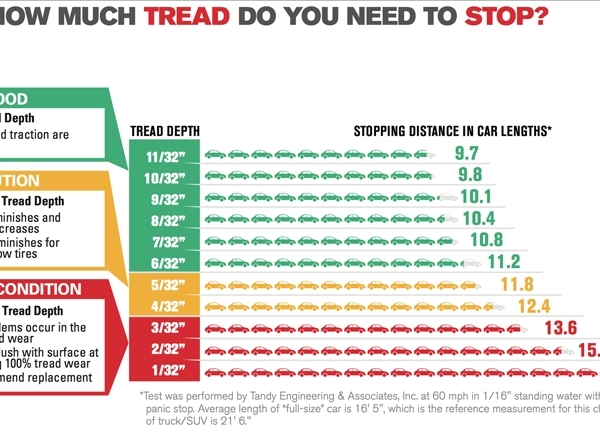 This complicates processing. It also increases the risk of a blowout. At high speeds, the blowout can be fatal.
This complicates processing. It also increases the risk of a blowout. At high speeds, the blowout can be fatal.
Since the early 1970s, the National Highway Traffic Safety Administration (NHTSA) and international colleagues have been concerned about the dangers of low atmospheric pressure. They were looking for technology that could alert drivers. Evidence was emerging that under-inflated tires were responsible for thousands of car accidents every year. At the end of the decade, NHTSA was also motivated by the energy crisis. Tire pressure affects fuel economy.
Tire pressure measurement technology became available in the 1980s and was first used by Porsche on a 1987 959 Porsche.
There are two types of TPMS: indirect and direct. Direct pressure sensors are located on the tire stems. If the sensor detects a significant drop in pressure, it sends a warning to the engine computer. The indirect type uses an anti-lock braking system to detect low pressure by measuring wheel speed. Tires rotate at different speeds depending on air pressure. The indirect method is less reliable and has largely been discontinued by manufacturers.
Tires rotate at different speeds depending on air pressure. The indirect method is less reliable and has largely been discontinued by manufacturers.
At Chapel Hill Tire, we've been providing professional automotive services to North Carolina drivers since 1953. We help our valued customers choose the right tire and protect their tire investment with wheel alignment and balancing services.
Need new tires in Chapel Hill, Raleigh or Durham? Our experts will help you find the right tires for your car at the lowest possible price. With our best price guarantee, you can be sure you're getting the best price on new tires in the Triangle. Make an appointment at one of our eight service centers in the Triangle area. We look forward to welcoming you to Chapel Hill Tire!
Back to Resources
Proper vehicle maintenance also includes monitoring the condition of the tread. Gradually, tires wear out, wear out under the influence of constant loads. Branded tires last longer, original tires for mini tractors are made in compliance with the most stringent quality standards. As practice shows, with proper operation, it will last the declared period.
Gradually, tires wear out, wear out under the influence of constant loads. Branded tires last longer, original tires for mini tractors are made in compliance with the most stringent quality standards. As practice shows, with proper operation, it will last the declared period.
The average life of tires is 5-7 years. Rubber lasts this long only if it is fully cared for and properly exploited. Often, the owners neglect the elementary rules for care, which greatly reduces the life of the tires. Much depends on the state of the suspension system, as well as on the driving style. Under extreme use, the tread wears out much faster.
The easiest way to determine how much tread is left is to use a caliper. This tool has a depth gauge, with which you can carry out all studies with an accuracy of tenths of a millimeter. First you need to deal with the scale, the exact data look in the field located below the main values.
The measurement algorithm is as follows:
The resulting value indicates the remaining tread depth of the wheel. On the classical scale, we count tenths of a millimeter and add them to the main figure. In this case, the most convenient models with an electronic display.
There is a specialized tool for monitoring residual tread - it is used at stations, factories and other facilities. With it, you can accurately calculate the values by determining the height of the rubber. If you plan to often carry out such procedures, it is better to buy your own tool. In other cases, you can visit a service station and use this service.
In other cases, you can visit a service station and use this service.
The most reliable information can be obtained by measuring several wheels, preferably in 2-3 places. So it will be possible to recognize uneven wear, the cause of which may be incorrect wheel alignment or other suspension failures.
If you do not have a specialized tool at hand, you can also resort to this method. But here accuracy suffers and you will get only approximate values, without tenths of a millimeter. This option is suitable for a superficial assessment; when obtaining boundary or lower values, it is worth checking with a tool designed for such tasks.
The ruler should be narrower than the tread grooves so that it can be conveniently placed. Dirt and debris must be cleaned from the hole, as this may affect the accuracy of measurements. The tool is placed up to the stop and the residual depth is observed on the scale.